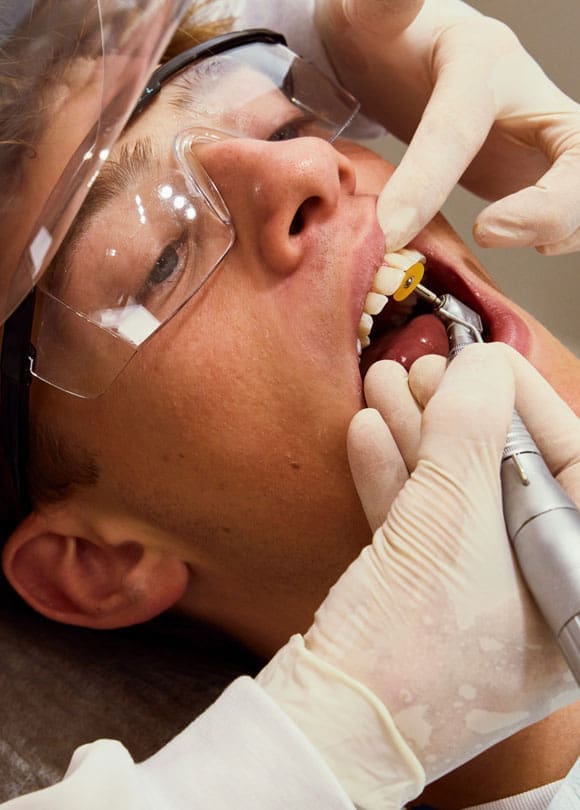While a gummy smile is generally a cosmetic concern rather than a dental health issue, it can affect a person’s self-confidence and how they feel about their appearance. A smile is typically considered ‘gummy’ when more than 3-4 millimetres of gum tissue is exposed. The condition can result from various factors, including the shape and size of the teeth, the way the upper jaw grows, the positioning of the lips, and the amount of gum tissue present.


What Is A Gummy Smile?
A gummy smile, also known as excessive gingival display, occurs when an unusually large portion of the gums is visible when a person smiles.
Common Causes
Understanding the causes and treatment options for a gummy smile is essential for those who wish to enhance the aesthetics of their smile.

Excessive Gum Tissue
One of the most common causes of a gummy smile is an overgrowth of gum tissue, which can cover a larger portion of the teeth, making them appear shorter than they actually are.
Upper Jaw Development
An overgrowth of the upper jaw, known as vertical maxillary excess, can lead to a gummy smile. This condition causes the upper jaw to extend downward, increasing the amount of gum tissue that shows when smiling.
Teeth Size or Position
Teeth that are naturally smaller or have not fully erupted can contribute to a gummy smile. This makes the gums more prominent when a person smiles.
Lip Position
A hyperactive upper lip can cause it to rise higher than normal when smiling, exposing more of the gums. This can be due to the muscles controlling the lip being overly active.
Orthodontic Issues
Misaligned teeth or an improper bite, such as an overbite, can also contribute to a gummy smile by affecting the relationship between the lips, gums, and teeth.
Treatment Options
There are various approaches to treating a gummy smile, depending on the underlying cause. Common strategies include:
Gum Contouring
Also known as gingivectomy, this procedure involves the removal of excess gum tissue to reshape the gum line and expose more of the teeth. This can significantly reduce the appearance of a gummy smile and create a more balanced look.
Orthodontic Treatment
Fixed braces or Invisalign can help correct bite issues and the positioning of the teeth, which may reduce the visibility of the gums when smiling.
Neuromodulators (Anti-wrinkle Injections)
For a less invasive option, neuromodulators can be used to relax the muscles of the upper lip, preventing it from rising too high when smiling. This treatment contains the same product used in anti-wrinkle injections, and is temporary but can be effective in reducing the appearance of a gummy smile.
Jaw Surgery
In severe cases of vertical maxillary excess, orthognathic (jaw) surgery may be necessary to reposition the upper jaw, reducing the amount of gum tissue visible when smiling.
Summary
In summary, a gummy smile can affect the overall aesthetics of your smile but can be effectively treated through various procedures tailored to the specific cause. Treatment options such as gum contouring, orthodontic treatment, lip repositioning, neuromodulator injections, and jaw surgery can all help achieve a more balanced and confident smile. Consulting with a dental professional is the first step toward determining the best approach for addressing a gummy smile.












